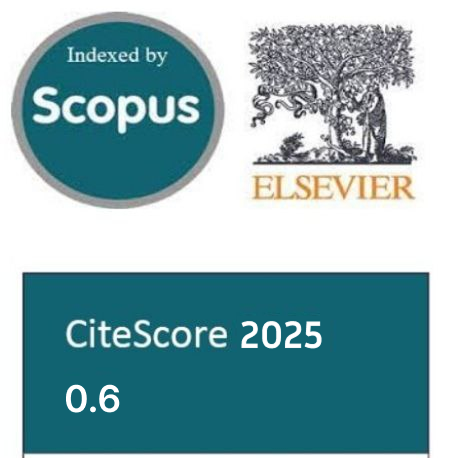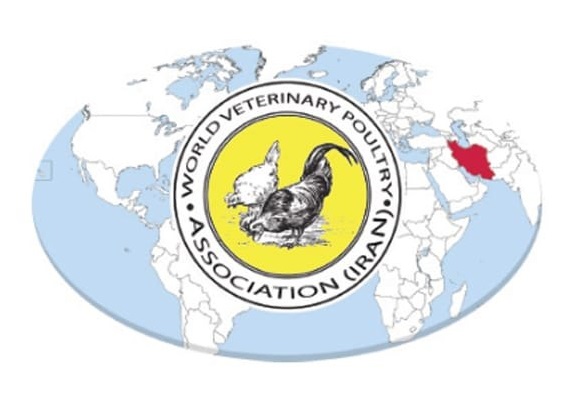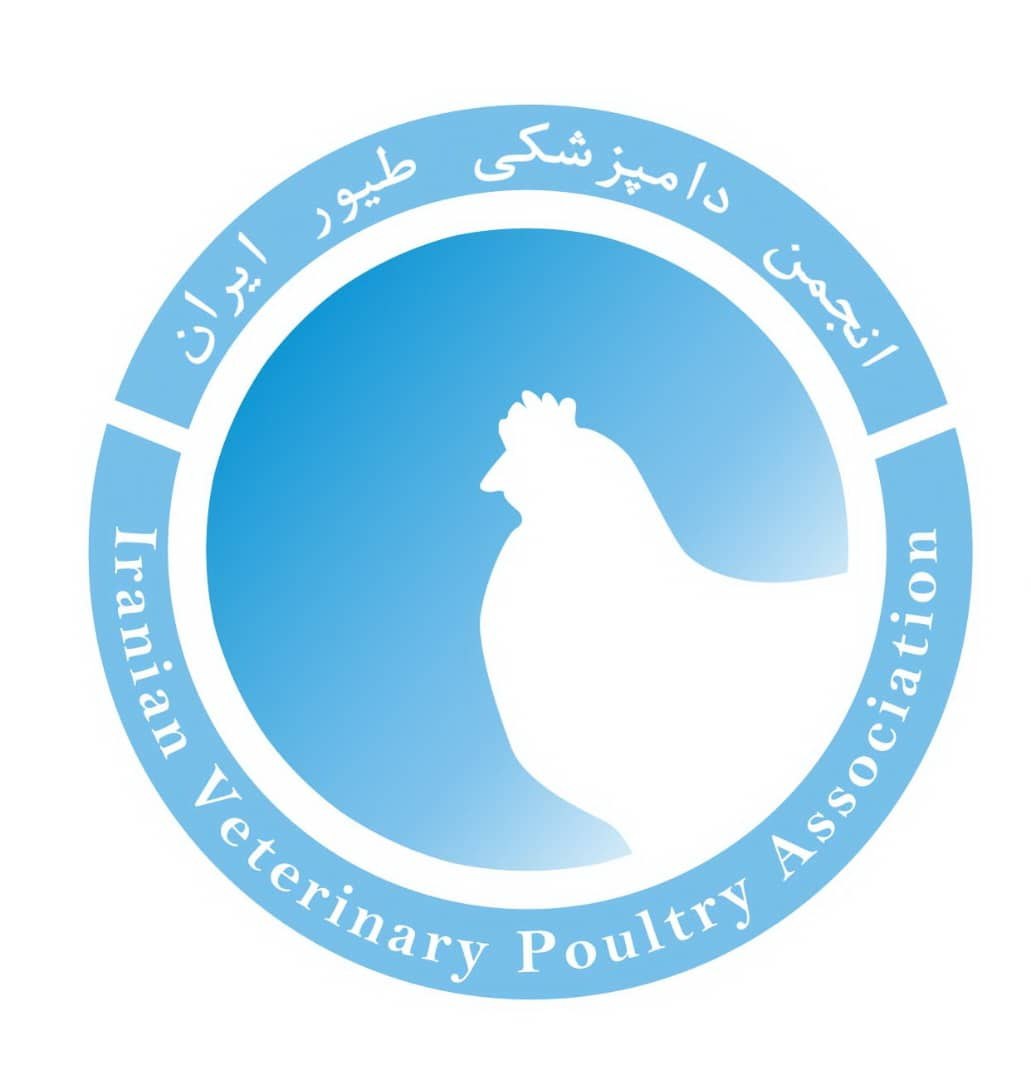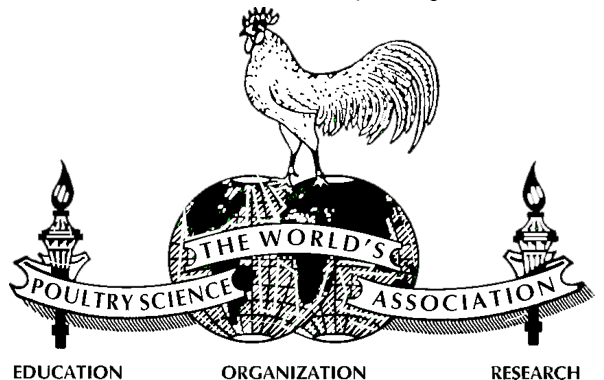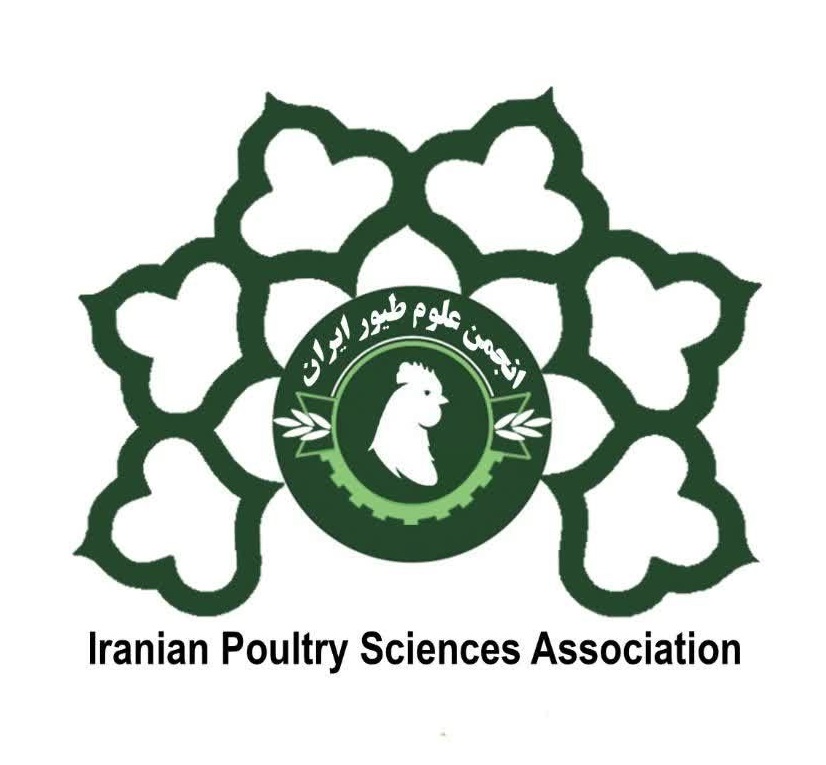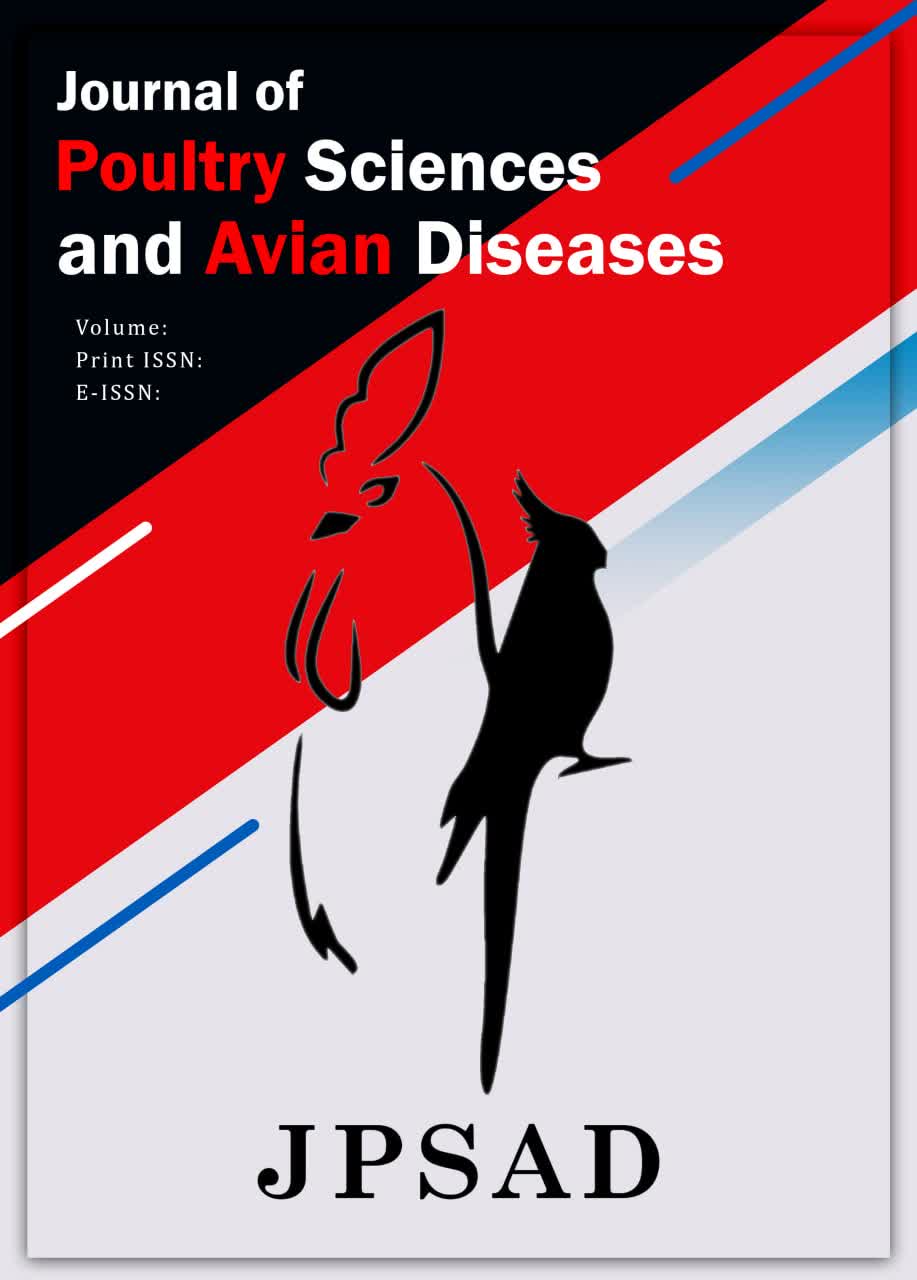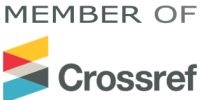Variation in Egg Quality Traits among Indigenous Chicken Ecotypes of Uganda
Keywords:
Egg characteristics, Eggshell quality, Local chickens, Poultry genetics, Trait correlationAbstract
Chicken eggs provide affordable, high-quality animal protein. Understanding egg quality traits is essential since they influence grading, pricing, chick weight and consumer preferences. This study examined egg quality variations among ecotypes from hens selectively bred for egg production and mature body weight. Birds had ad libitum access to a uniform layer diet, and daily egg collections allowed for detailed analyses of external and internal egg traits. Results revealed significant ecotype-based variation in external egg traits, with Apac hens laying the heaviest and longest eggs, while Gulu hens produced the lightest. Lira eggs had the highest shape index (SI), while Gulu’s was lowest. Among eggshell characteristics, Gulu eggs had the thickest shells, while Katakwi eggs had the heaviest shells, shell index, and shell ratio. Internal egg traits, including yolk depth, yolk ratio, and yolk index, differed significantly across ecotypes, with Katakwi eggs having the highest values. Yolk colour was also variable, with Gulu eggs scoring highest and Lira eggs lowest. Significant differences (p<0.01) in albumen traits were observed; Apac and Lira eggs had the highest albumen depth, weight, and Haugh unit (HU) scores, with Katakwi eggs scoring the lowest. Egg weight positively correlated with length, shell and albumen weight, yolk depth, and Haugh unit but negatively with yolk ratio. Overall, these findings highlight ecotype-based quality differences suitable for selective breeding for egg weight to enhance egg quality in Uganda's IC without destructive testing.
Downloads
References
Mujyambere V, Adomako K, Olympio SO, Ntawubizi M, Nyinawamwiza L, Mahoro J, et al. Local chickens in East African region: Their production and potential. Poultry Science. 2022;101(1):101547.[PMID: 34844110] [PMCID: PMC8633685] [DOI]
Manyelo TG, Selaledi L, Hassan ZM, Mabelebele M. Local chicken breeds of Africa: their description, uses and conservation methods. Animals. 2020;10(12):2257.[PMID: 33266253] [PMCID: PMC7760642] [DOI]
Augustine I, Shukla R. A study of consumer preferences and market potential for poultry products in Kumi district of Uganda. International Journal of Current Microbiology and Applied Sciences. 2017;6(10):2800-13[DOI]
Oloo B, Mahungu S, Kahi A. Descriptive sensory quality of Kenya’s indigenous chicken meat from different ecotype-clusters reared under an intensive system. African Journal of Food, Agriculture, Nutrition and Development. 2018;18(1)[DOI]
Wambui C, Njoroge E, Wasike C. Characterisation of physical egg qualities in indigenous chicken under free range system of production in Western Kenya. 2018
Edmew W, Melesse A, Beyan M, Taye M. Assessing the performance, egg quality, and carcass characteristics of indigenous chickens reared under traditional management system. International Journal of Research Studies in Agricultural Sciences. 2018;4(10):27-35
Liswaniso S, Qin N, Shan X, Chimbaka I, Sun X, Xu R. Quality characteristics, phenotypic correlations and principal component analysis of indigenous free range chicken eggs in Lusaka, Zambia. Int J Environ Agric Res. 2020;6:29-35
Kgwatalala P, Molapisi M, Thutwa K, Sekgopi B, Selemoge T, Nsoso S. Egg quality characteristics and phenotypic correlations among egg quality traits in the naked neck, normal and dwarf strains of Tswana chickens raised under intensive management system. International Journal of Environmental & Agriculture Research. 2016;2(8):96-105
Yussif I, Kugonza DR, Okot MW, Amuge PO, Costa R, Dos Anjos F. Uganda chicken genetic resources: I. phenotypic and production characteristics. Frontiers in Genetics. 2023;13:1033031.[PMID: 36761692] [PMCID: PMC9902952] [DOI]
Beyihayo GA, Kugonza DR, Ndyomugyenyi EK, Echodu R, Okot MW, Anjos FD. Genetic and phenotypic parameter estimates for selection within Ugandan indigenous chickens. Tropical Animal Health and Production. 2023;55(2):100.[PMID: 36840813] [DOI]
Beyihayo GA, Ndyomugyenyi EK, Echodu R, Kugonza DR. In-situ morphological characterization of indigenous chicken Ecotypes in Uganda. Ecological Genetics and Genomics. 2022;24:100129[DOI]
King’ori A. Poultry egg external characteristics: egg weight, shape and shell colour. Res J Poult Sci. 2012;5(2):14-7[DOI]
Magala H, Kugonza D, Kwizera H, Kyarisiima C. Influence of varying dietary energy and protein on growth and carcass characteristics of Ugandan local chickens. Journal of animal production Advances. 2012;2(7):316-24
Ssewanyana SN, Ahmadi‐Esfahani FZ. Household food security in rural Uganda: a statistical analysis. Ecology of food and nutrition. 2001;40(2):93-125[DOI]
Ndenga C, Kabuage LW, Bett EK. Economic Analysis of Consumer Demand for Indigenous Chicken Eggs in Kenya. Economic Analysis. 2018;9(17):21-8
ULII. The Animals (preventions and cruety) Act [Internet]. Uganda Legal Information Institute; 2000. Available from: http://www.ulii.org/node/23790.
Haugh R. The Haugh unit for measuring egg quality. 1937
Panda P. Shape and texture in text book on egg and poultry technology. New Delhi. 1996
Duman M, İekeroğlu A, Yıldırım A, Eleroğlu H, Camcı Ö. Relation between egg shape index and egg quality characteristics. European Poultry Science. 2016;80:1-9[DOI]
Sharp PF, Powell CK. Decrease in interior quality of hens' eggs during storage as indicated by the yolk. Industrial & Engineering Chemistry. 1930;22(8):908-10[DOI]
Liswaniso S, Qin N, Xu R. Quantitative analysis of egg quality traits of indigenous free-range chickens in kabwe, zambia. J Entomol Zool Stud. 2020;8(2):603-8
Lacin E, Yildiz A, Esenbuga N, Macit M. Effects of differences in the initial body weight of groups on laying performance and egg quality parameters of Lohmann laying hens. Czech J Anim Sci. 2008;53(11):466-71[DOI]
Pérez-Bonilla A, Novoa S, García J, Mohiti-Asli M, Frikha M, Mateos G. Effects of energy concentration of the diet on productive performance and egg quality of brown egg-laying hens differing in initial body weight. Poultry science. 2012;91(12):3156-66[PMCID: 23155026] [DOI]
Iqbal J, Khan SH, Mukhtar N, Ahmed T, Pasha RA. Effects of egg size (weight) and age on hatching performance and chick quality of broiler breeder. Journal of applied animal research. 2016;44(1):54-64[DOI]
Guni F, Mbaga S, Katule A, Goromela E. Effects of breed and management system on egg quality traits of two improved dual-purposes chicken breeds. Livestock Research for Rural Development. 2021;33(12):552-5
Molapo S, Motselisi M. The effect of egg size (weight) on the egg shell thickness, egg yolk and hatchability in Koekoek chickens. Online J Anim Feed Res. 2020;10(6):278-81[DOI]
Sarica M, Erensayin C. Poultry products. Bey-Ofset, Ankara-Turkey (in Turkish). 2004;2:100-60
Sun C, Chen S, Xu G, Liu X, Yang N. Global variation and uniformity of eggshell thickness for chicken eggs. Poultry Science. 2012;91(10):2718-21.[PMID: 22991562] [DOI]
Osei-Amponsah R, Kayang B, Manu H, Naazie A. Egg quality traits of local Ghanaian chickens and influence of storage period. Animal Genetic Resources/Resources génétiques animales/Recursos genéticos animales. 2014;55:93-9[DOI]
Osei-Amponsah R, Kayang B, Naazie A. Phenotypic and genetic parameters for production traits of local chickens in Ghana. Animal Genetic Resources/Resources Génétiques Animales/Recursos Genéticos Animales. 2013;53:45-50[DOI]
Bekele G, Goshu G, Esatu W, Melesse A, Dessie T. Phenotypic characterization of indigenous chicken ecotypes and analysis of their egg quality in Gambella Regional State, Ethiopia. Livestock Research Results. 2022:697-708
Jlali M, Graulet B, Chauveau-Duriot B, Godet E, Praud C, Nunes CS, et al. Nutrigenetics of carotenoid metabolism in the chicken: a polymorphism at the β, β-carotene 15, 15'-mono-oxygenase 1 (BCMO1) locus affects the response to dietary β-carotene. British journal of nutrition. 2014;111(12):2079-88.[PMID: 24642187] [DOI]
Chen Q, Wang Z. A new molecular mechanism supports that blue-greenish egg color evolved independently across chicken breeds. Poultry Science. 2022;101(12):102223.[PMID: 36283143] [PMCID: PMC9597111] [DOI]
Desmarchelier C, Borel P. Overview of carotenoid bioavailability determinants: From dietary factors to host genetic variations. Trends in Food Science & Technology. 2017;69:270-80[DOI]
Lordelo M, Cid J, Cordovil CM, Alves SP, Bessa RJ, Carolino I. A comparison between the quality of eggs from indigenous chicken breeds and that from commercial layers. Poultry Science. 2020;99(3):1768-76.[PMID: 32111337] [PMCID: PMC7587768] [DOI]
Tadesse D, Esatu W, Girma M, Dessie T. Comparative study on some egg quality traits of exotic chickens in different production systems in East Shewa, Ethiopia. African Journal of Agricultural Research. 2015;10(9):1016-21[DOI]
Stadelman WJ. Quality identification of shell eggs. Egg science and technology: CRC Press; 2017. p. 39-66
Jones D. Haugh unit: gold standard of egg quality. Natl Egg Qual Sch Proc. 2012;7:47-51
USDA A. United States standards, grades, and weight classes for shell eggs, ams 56. USDA Washington, DC; 2000.
Moula N, Antoine-Moussiaux N, Decuypere E, Farnir F, Mertens K, De Baerdemaeker J, et al. Comparative study of egg quality traits in two Belgian local breeds and two commercial lines of chickens. European Poultry Science. 2010;74(3):164-71[DOI]
Ulii. The Animals (preventions and cruety) Act 2000
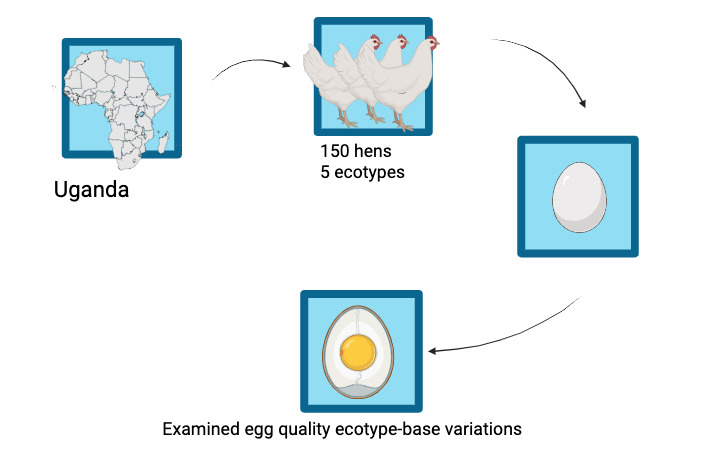
Downloads
Published
Submitted
Revised
Accepted
Issue
Section
License
Copyright (c) 2024 Muhammad Kiggundu (Corresponding Author); Zulaikah Odaru, Zainah Nampijja, Henry Mulindwa, Rosette Nangonzi, Kanifa Kamatara, Vincent Lutwama (Author)

This work is licensed under a Creative Commons Attribution-NonCommercial 4.0 International License.


